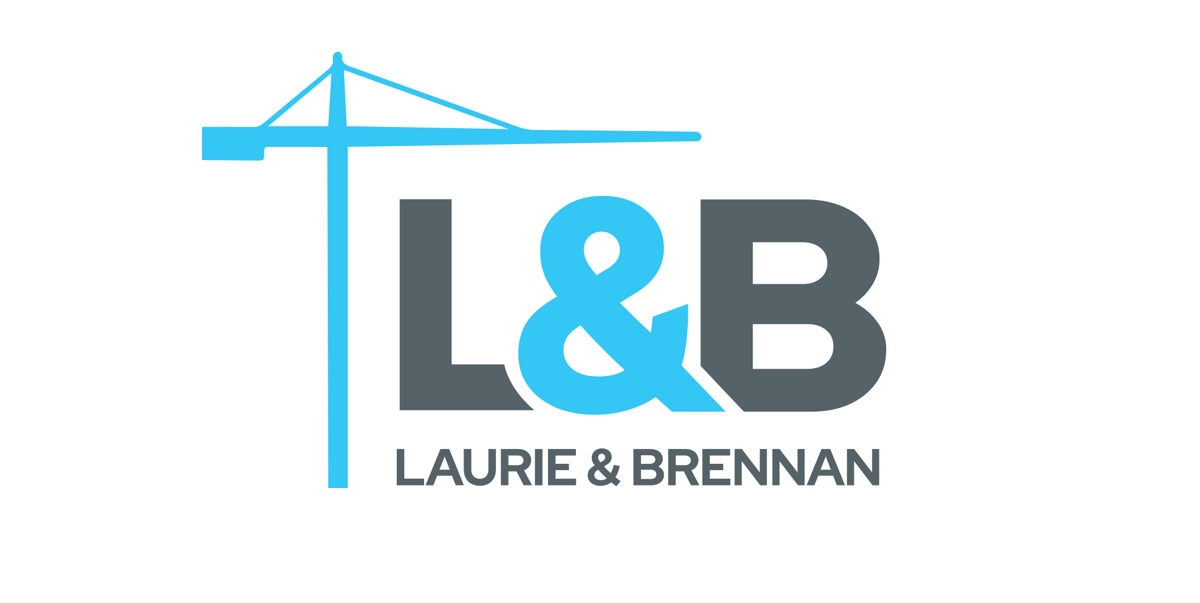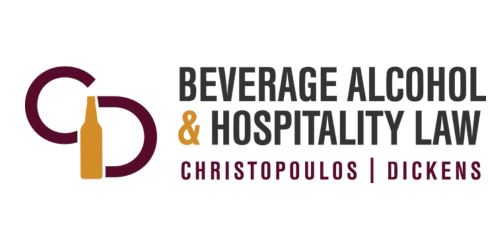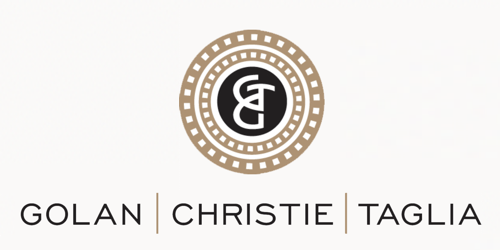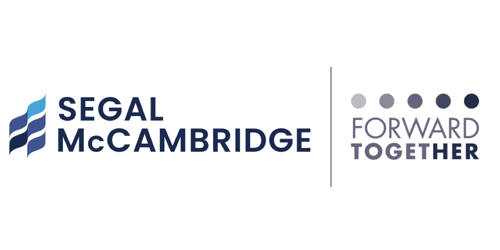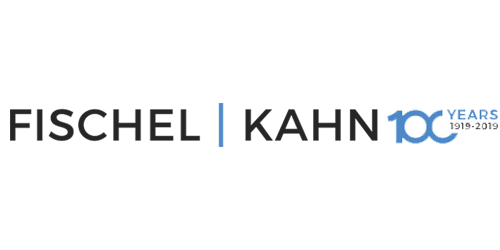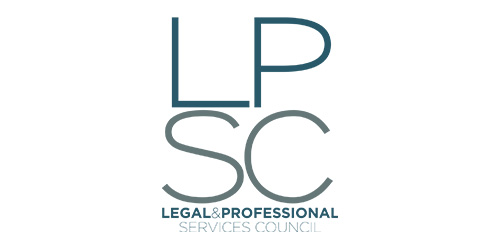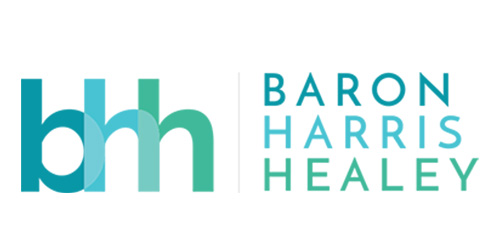5 Ways To Segment Your Law Firm Marketing Audience

Personalized marketing messaging is a major component in building trust with your clients and winning the business of your prospects. Law firms should segment their audience lists and tailor their marketing language to demonstrate their understanding of their contacts’ needs and challenges.
There are several ways to segment a law firm’s audience, each offering unique advantages and opportunities for effective messaging. Here are five ways to segment your firm’s audience to maximize the results of your marketing campaigns.
1. By Practice Area
Clients and leads from different practice areas typically have distinct needs, challenges and pain points. Firms that offer services across multiple practice areas should deliver topic-specific content to each segment to reinforce their position as a thought leader and trusted resource, while further building authority.
When segmenting by practice area:
- Work with practice group leaders in your firm to create thoughtful, topical content for their area or industry, including blog posts and webinars.
- Only send relevant, tailored content to each segment to ensure that they receive marketing outreach that they are most likely to engage with.
When emailing practice area segments, highlight the relevant topic in the subject line, headers and introductory paragraph to reinforce the value of your content.
2. By Client Type (Individual vs. Business)
You may have a mix of business and individual contacts depending on your law firm’s client base. These two audiences will respond differently to marketing messaging, which can significantly impact the performance of your campaign. For example, a claims professional at a nationwide insurance company will seek different insights than an individual looking for guidance in estate planning.
Using your firm’s contact database, identify which contacts are individuals and which represent organizations. Client relationship management (CRM) platforms are often effective tools for grouping contacts, such as those working for the same organization.
When segmenting by client type:
- Ensure your CRM or client database is up-to-date and indicates which category each contact belongs to.
- Consider how the informational needs of individuals and business representatives differ.
- An individual may want educational content related to their legal needs, while a corporate contact may look for industry updates and news.
- Personalize your messaging based on the recipient’s category.
- For representatives of a larger organization, you may want to reference the company they work for in the opening line of your email, for example.
3. By Position in Your Lead Pipeline
Your law firm should have a developed pipeline and communication procedure for attracting, nurturing and converting leads. Where a lead sits in this pipeline should guide how you engage with them.
Consider the “marketing funnel” analogy when segmenting by lead stage:
- Top-of-funnel: Leads who are just learning about your firm. Share introductory information about your firm’s services and how you can help them.
- Middle-of-funnel: Leads who are familiar with your firm and are evaluating options, potentially considering a competitor. Use messaging that highlights the firm’s values, differentiators, recent success and client testimonials.
- Bottom-of-funnel: Leads that are prepared to become clients. Enable the conversion from lead to client through personalized messaging that provides resources for next steps. Remain available for all follow-up questions.
Remember that personalizing your messaging is key, and you should tailor your outreach to provide leads with what they need to advance further down the pipeline.
4. By Referral Source
Clients come to a law firm from a range of channels, and understanding the referral source can help you personalize outreach, leading to more effective marketing campaigns. Your messaging should include specific references to how your contact discovered the firm (e.g., through a webinar series, a referral from a previous client, etc.).
When segmenting by referral source:
- Follow best practices for following up with event attendees, such as a webinar or in-person seminar. Learn from Builden how to maximize the ROI from your firm’s events!
- Be thoughtful in the type of thought leadership you send to your contacts, ensuring that the content you target them with is relevant based on their referral source.
- Ensure compliance with email marketing regulations like the CAN-SPAM Act when reaching out to new leads.
5. By Location or Jurisdiction
Firms that have contacts from a variety of locations or jurisdictions have the unique opportunity to provide valuable content specific to geographies. Focusing your content on specific locations adds additional relevance and can be a great way to provide greater value to your clients and leads.
When segmenting based on location or jurisdiction:
- Identify which locations are most represented in your contact list to guide content development.
- Consider the impact location has on the relevance of client alerts. Are your Texas contacts interested in major case decisions in California, or are they irrelevant for out-of-state clients?
- If your firm only offers certain services in particular states, make sure that contacts outside of those states are not receiving marketing for services unavailable in their region.
Personalized Marketing Works Best When You Segment Your Audiences
No matter which strategies you use, audience segmentation is essential for developing personalized, tailored messaging that drives stronger engagement. Personalized marketing is a great strategy for strengthening your firm’s reputation and credibility while helping you deliver content that resonates with your audience at every stage of their journey.


